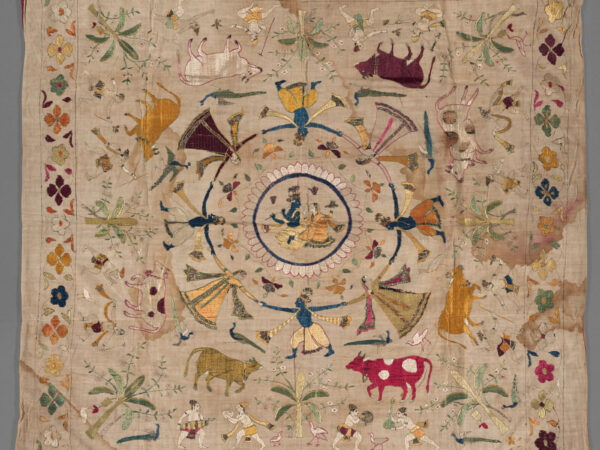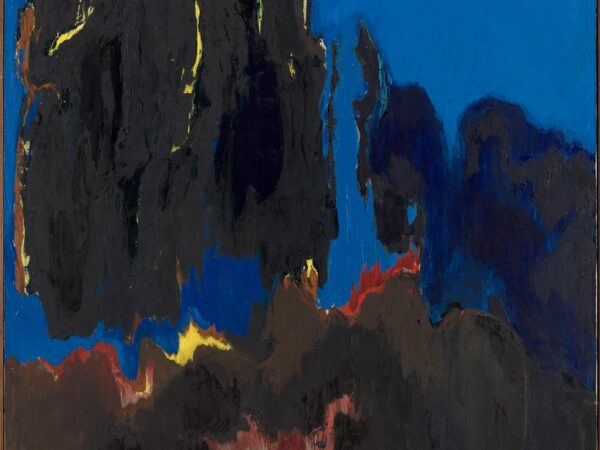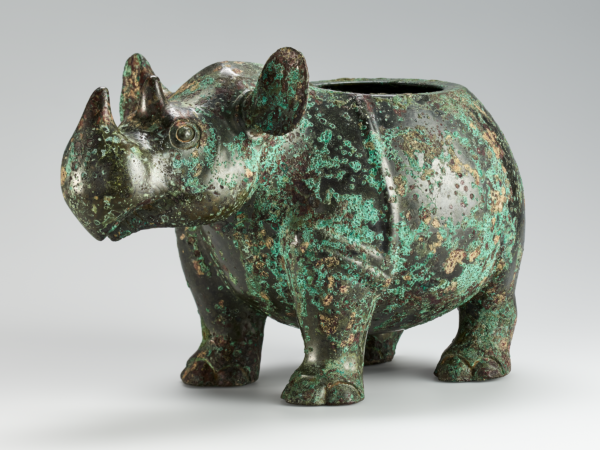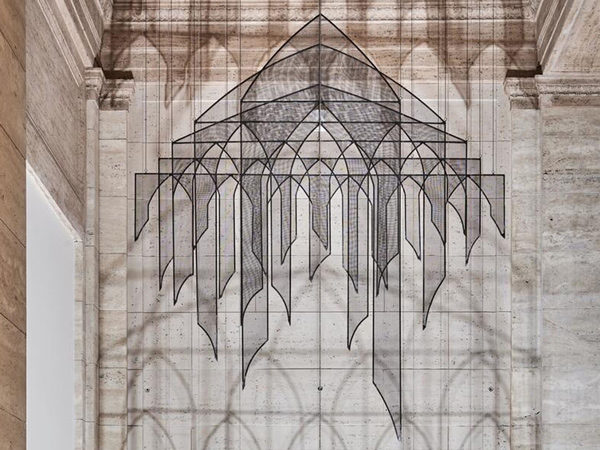Activity
Cicada
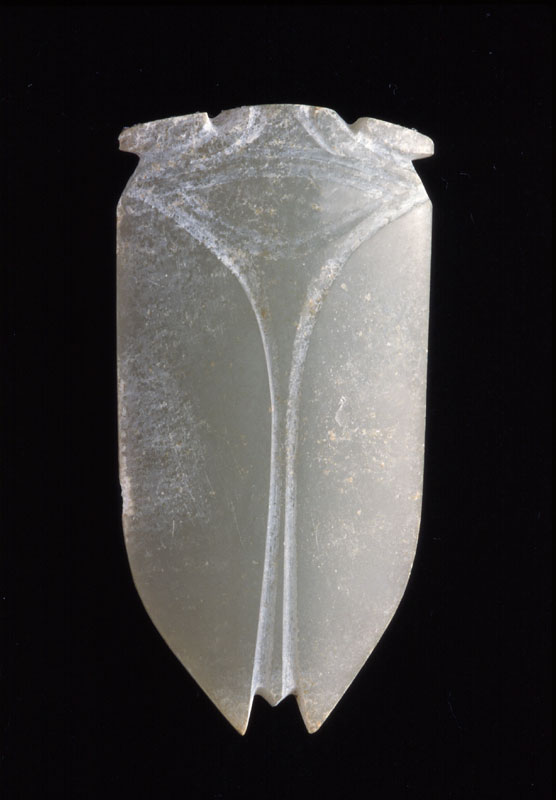
Cicada. Han dynasty (206 BCE-220 CE). China. Nephrite. The Avery Brundage Collection, B60J583.
What is this object?
This is a jade object in the form of a cicada (tsan) used for burial purposes in the Han dynasty (206 BCE-220 CE). Specifically, this jade was meant to be placed on the tongue, and was part of a set of jade plugs or coverings for the body. The cicada has been partly abstracted to emphasize its form, a wide head near the top and long, pointed wings.
How did this practice begin?
Burials with jades can be traced to Neolithic cultures. The practice of using pieces of jade to cover parts of the body probably began in the middle of the Western Zhou dynasty (1050-771 BCE), when major changes were taking place in the types of bronze vessels being cast. At first, pieces of jade covered different parts of the head and were attached to a veil or fabric of some sort. This practice evolved into more complex sets of jades, including pendants and necklaces covering the upper part of the body. It was during the Han dynasty that full jade suits or jade casings covering the whole body were introduced–the most famous of these being the suits found in the tomb of Liu Sheng and his consort. Items such as this cicada were included with the suit covering, as plugs to go in the various bodily orifices: the nostrils, ears, mouth, and so on. There were even jade pigs placed in the hands or armpits.
Cicadas, like this light green piece, were the favored burial jade of the Han dynasty. These were placed on the tongue of the deceased and usually were used in conjunction with jade plugs for the nine body orifices. These plugs were believed to prevent the body from decay and to preserve the vital spirit or qi, the vital force of the cosmos whose energy had to be captured and retained. The cicada was a symbol of transformation and resurrection because of its life cycle. The first thirteen to seventeen years of its life are spent underground, after which, it emerges in its final larval stage. It then sheds its skin to reveal a mature form. By placing these pieces in the mouth or near the body, it may have been believed that they would confer the properties and virtues of permanence and purity to the deceased and transform one to a deathless, jade-like state; immortals were often described as having a jade-like appearance. In attaining this deathless state, one could avoid the bureaucracy of the underworld and be ensured eternal existence. Used together, the plugs would preserve the vital energies so that the body could later be resurrected; the cicada was a symbol of this resurrection.
What purpose did jade fulfill in Han burial customs?
Jade was associated with many things, but in a burial context, was associated with immortality. The search for immortality became the focus of a number of cults in the later Han, among them Taoism. Taoist practioners advocated the use of jade as a means to preserve the body and protect against decomposition. The qualities of jade were like those wished for by the dead: purity, beauty, immortality.
What is Taoism?
Taoism is a complex term describing one of the three main ‘religions’ of traditional China. Taoism was originally a philosophy based on several texts that expressed a belief in the universal tao or formless essence underlying all things. Rather than rely on human institutions and laws, Taoism stressed living in harmony with nature, achieved through the complementary forces of yin and yang, yin being female, winter, cool, etc; yang being male, summer, heat, etc., all of which arose from the tao. During the later Han, Taoism was not yet an organized religion per se, but a set of practices and beliefs, including alchemy, and the realms of the immortals. These popular beliefs lie behind the development of jade coverings such as the cicada and the heavenly realms depicted on the money tree.


